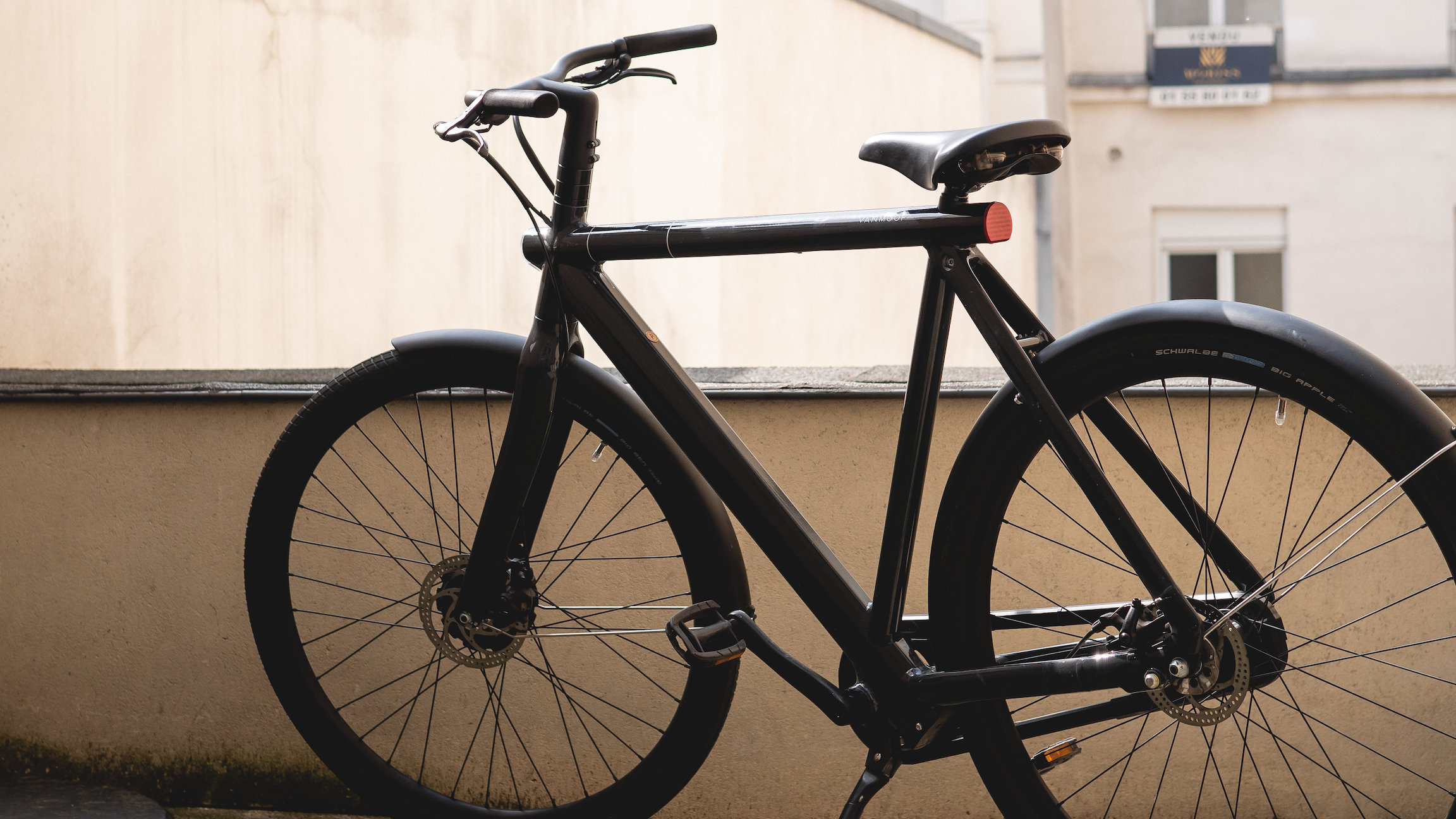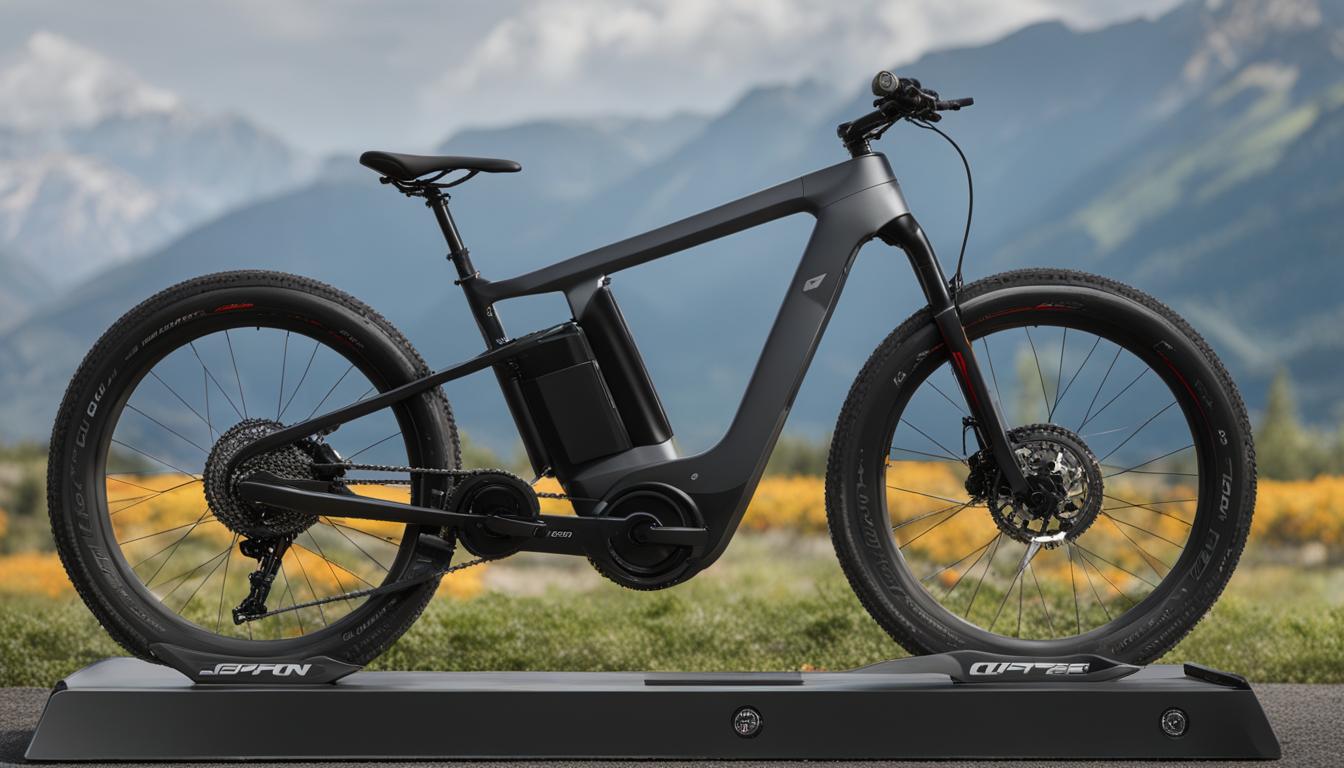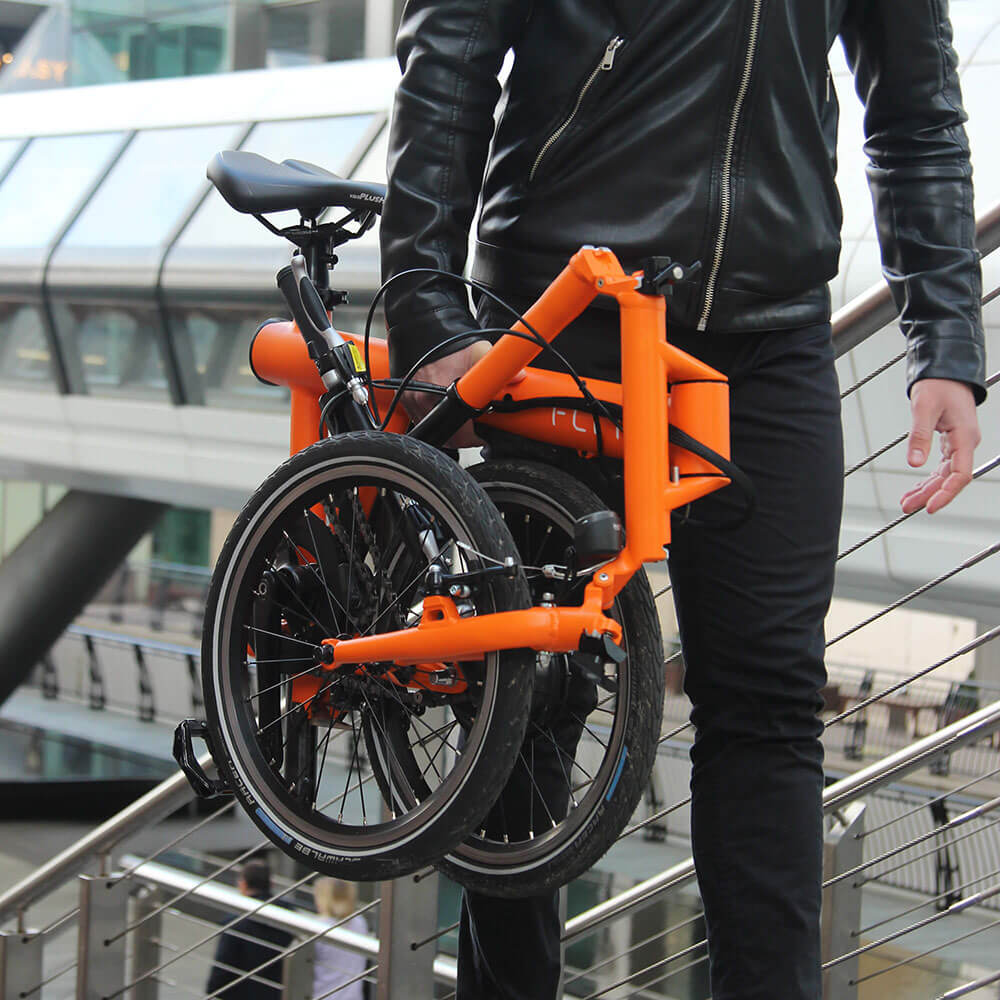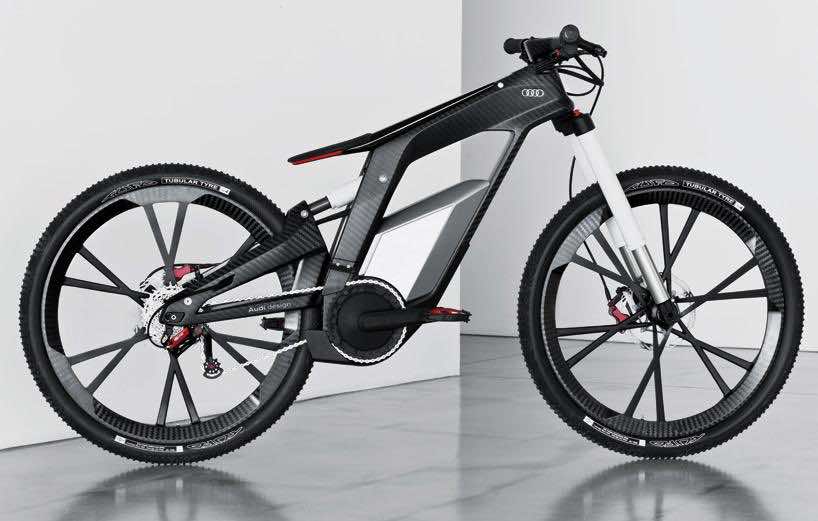How to Choose the Right eBike for Your Needs: A Weight-Based Guide
When it comes to selecting an eBike, there are several factors to consider, including weight capacity, terrain, and intended use. A weight-based guide can help you make an informed decision and find the perfect eBike for your needs. In this section, we’ll explore the key considerations for choosing an eBike that suits your riding style and preferences.
Weight capacity is a critical factor to consider when choosing an eBike. If you’re a heavier rider, you’ll need an eBike with a higher weight capacity to ensure a safe and comfortable ride. Look for eBikes with a weight capacity of at least 250 pounds, and consider models with a higher capacity if you’re a larger rider.
Terrain is another important consideration when choosing an eBike. If you’ll be riding on hilly or mountainous terrain, you’ll need an eBike with a more powerful motor and a wider range of gears. Look for eBikes with a high-torque motor and a wide-range cassette to ensure you can tackle challenging terrain with ease.
Intended use is also a key factor to consider when choosing an eBike. If you’ll be using your eBike for commuting, look for models with a comfortable riding position and a durable design. If you’ll be using your eBike for off-road adventures, look for models with a more aggressive riding position and a robust suspension system.
When it comes to eBike weight tests, it’s essential to consider the weight of the bike and its impact on performance. A lighter eBike can make a significant difference in the riding experience, but it’s not the only factor to consider. Look for eBikes with a balance of weight, power, and features to ensure you find the perfect bike for your needs.
By considering these factors and taking a weight-based approach to choosing an eBike, you can find the perfect bike for your needs and enjoy a safe and enjoyable riding experience. In the next section, we’ll compare and contrast the weights of two popular eBikes, the VanMoof Electrified S2 and the Haibike XDURO.
VanMoof Electrified S2 vs. Haibike XDURO: A Weight Comparison Review
When it comes to eBike weight tests, two popular models that often come up in discussions are the VanMoof Electrified S2 and the Haibike XDURO. Both bikes have their strengths and weaknesses, and in this section, we’ll compare and contrast their weights to help you make an informed decision.
The VanMoof Electrified S2 is a sleek and stylish eBike that weighs in at around 42 pounds. Its lightweight frame is made from high-quality aluminum, and it features a powerful motor that provides a smooth and efficient ride. The S2 also comes with a range of innovative features, including a built-in GPS system and a smartphone app that allows you to track your rides and monitor your bike’s performance.
In contrast, the Haibike XDURO is a more rugged and off-road-focused eBike that weighs in at around 50 pounds. Its frame is made from high-strength steel, and it features a powerful motor that provides a lot of torque and traction. The XDURO also comes with a range of features that make it well-suited for off-road riding, including a suspension system and a set of wide, knobby tires.
When it comes to eBike weight tests, the VanMoof Electrified S2 is clearly the lighter of the two bikes. However, the Haibike XDURO’s extra weight is largely due to its more rugged and off-road-focused design. If you’re looking for a bike that can handle challenging terrain, the XDURO may be the better choice. On the other hand, if you’re looking for a lightweight and efficient bike for commuting or casual riding, the S2 may be the better choice.
Ultimately, the choice between the VanMoof Electrified S2 and the Haibike XDURO will depend on your specific needs and preferences. By considering the weights and features of both bikes, you can make an informed decision and find the perfect eBike for your riding style.
In the next section, we’ll delve into the technical aspects of eBike design and construction, exploring how materials, frame design, and component selection impact overall weight.
The Science Behind eBike Weight: Materials, Design, and Engineering
When it comes to eBike weight tests, understanding the science behind eBike design and construction is crucial. The weight of an eBike is determined by a combination of factors, including the materials used, the frame design, and the component selection. In this section, we’ll delve into the technical aspects of eBike design and explore how these factors impact overall weight.
Materials play a significant role in determining the weight of an eBike. The most common materials used in eBike construction are aluminum, steel, and carbon fiber. Aluminum is a popular choice due to its lightweight and corrosion-resistant properties. Steel is also widely used, particularly in more affordable eBikes, due to its strength and durability. Carbon fiber, on the other hand, is a high-end material that offers exceptional strength-to-weight ratio, making it ideal for high-performance eBikes.
Frame design is another critical factor that affects eBike weight. The frame is the backbone of the eBike, and its design can significantly impact the overall weight. A well-designed frame should be strong, durable, and lightweight. Manufacturers use various techniques, such as hydroforming and 3D printing, to create complex frame designs that minimize weight while maintaining strength.
Component selection is also crucial in determining eBike weight. Components such as motors, batteries, and gears can significantly impact the overall weight of the eBike. Manufacturers often use lightweight components, such as compact motors and high-capacity batteries, to minimize weight while maintaining performance.
In addition to materials, frame design, and component selection, other factors such as cable routing, brake systems, and suspension can also impact eBike weight. By understanding the science behind eBike design and construction, manufacturers can create eBikes that are not only lightweight but also high-performance and safe.
In the next section, we’ll investigate the trade-offs between weight and performance, discussing potential compromises on safety, durability, and overall riding experience.
Lightweight eBikes: Do They Compromise on Performance and Safety?
When it comes to eBike weight tests, one of the most common concerns is whether lightweight eBikes compromise on performance and safety. While a lighter eBike can improve the riding experience, it’s essential to consider the potential trade-offs. In this section, we’ll investigate the relationship between weight and performance, discussing potential compromises on safety, durability, and overall riding experience.
One of the primary concerns with lightweight eBikes is their potential impact on safety. A lighter eBike may be more prone to instability, particularly at high speeds or in windy conditions. However, many modern eBikes feature advanced safety features, such as regenerative braking and traction control, which can help mitigate these risks.
Another concern is the potential impact on durability. A lighter eBike may be more susceptible to damage, particularly if it’s made with lower-quality materials or construction methods. However, many manufacturers are now using advanced materials and construction techniques to create lightweight eBikes that are also durable and long-lasting.
In terms of performance, a lighter eBike can actually improve the riding experience. With less weight to propel, the motor can work more efficiently, providing faster acceleration and better hill-climbing ability. Additionally, a lighter eBike can be more maneuverable, making it easier to navigate tight corners and obstacles.
However, it’s essential to note that there are limits to how lightweight an eBike can be. If an eBike is too light, it may compromise on performance and safety. For example, a very lightweight eBike may not have enough power to propel a heavier rider or tackle challenging terrain.
Ultimately, the key to finding a lightweight eBike that doesn’t compromise on performance and safety is to look for models that strike a balance between weight and power. By considering factors such as motor power, battery capacity, and frame design, you can find an eBike that provides a great riding experience without sacrificing safety or durability.
In the next section, we’ll offer practical advice on how to reduce eBike weight, including modifications, upgrades, and maintenance tips.
eBike Weight Reduction Strategies: Tips and Tricks for a Lighter Ride
When it comes to eBike weight tests, reducing weight can be a great way to improve performance and efficiency. However, it’s essential to do so in a way that doesn’t compromise safety or durability. In this section, we’ll offer practical advice on how to reduce eBike weight, including modifications, upgrades, and maintenance tips.
One of the simplest ways to reduce eBike weight is to upgrade to lighter components. For example, swapping out heavy steel wheels for lighter aluminum or carbon fiber wheels can make a significant difference. Additionally, upgrading to a lighter motor or battery can also help reduce weight.
Another way to reduce eBike weight is to modify the frame and design. For example, using a frame made from lightweight materials such as carbon fiber or titanium can help reduce weight. Additionally, optimizing the frame design to reduce unnecessary weight can also make a difference.
Maintenance is also crucial when it comes to reducing eBike weight. Regularly cleaning and lubricating the chain and other moving parts can help reduce friction and wear, which can lead to weight gain over time. Additionally, regularly checking and adjusting the brakes and suspension can also help reduce weight.
It’s also important to note that reducing eBike weight can have a significant impact on performance. A lighter eBike can accelerate faster, climb hills more easily, and provide a more efficient ride. However, it’s essential to balance weight reduction with safety and durability considerations.
Some popular eBike weight reduction strategies include:
- Upgrading to lighter components such as wheels, motors, and batteries
- Modifying the frame and design to reduce unnecessary weight
- Regularly maintaining the eBike to reduce friction and wear
- Using lightweight materials such as carbon fiber or titanium
By following these tips and tricks, you can reduce your eBike weight and improve performance and efficiency. However, it’s essential to do so in a way that doesn’t compromise safety or durability.
In the next section, we’ll explore emerging trends and technologies in eBike design, highlighting innovations that aim to reduce weight while maintaining performance and safety.
The Future of eBike Design: Trends and Innovations in Weight Reduction
As the eBike industry continues to evolve, manufacturers are constantly seeking new ways to reduce weight while maintaining performance and safety. In this section, we’ll explore emerging trends and technologies in eBike design, highlighting innovations that aim to reduce weight while maintaining performance and safety.
One of the most significant trends in eBike design is the use of advanced materials such as carbon fiber and titanium. These materials offer exceptional strength-to-weight ratios, making them ideal for eBike frames and components. Additionally, manufacturers are also exploring the use of new materials such as graphene and nanomaterials, which offer even greater strength and weight reduction potential.
Another trend in eBike design is the use of 3D printing and additive manufacturing. These technologies allow manufacturers to create complex components and frames with reduced weight and increased strength. Additionally, 3D printing also enables the creation of customized components and frames, which can be tailored to individual riders’ needs and preferences.
Electric motors are also becoming increasingly efficient and lightweight, thanks to advances in technology. For example, some manufacturers are now using axial flux motors, which offer higher efficiency and lower weight than traditional radial flux motors. Additionally, some manufacturers are also exploring the use of new motor technologies such as hub motors and mid-drive motors, which offer improved efficiency and weight reduction.
Battery technology is also advancing rapidly, with new battery chemistries and designs offering improved energy density and reduced weight. For example, some manufacturers are now using lithium-ion batteries with advanced chemistries such as lithium-nickel-manganese-cobalt-oxide (NMC) and lithium-iron-phosphate (LFP). These batteries offer improved energy density and reduced weight, making them ideal for eBikes.
Finally, some manufacturers are also exploring the use of new technologies such as regenerative braking and kinetic energy recovery systems (KERS). These technologies allow eBikes to recover energy during braking and deceleration, which can be used to recharge the battery and improve overall efficiency.
In conclusion, the future of eBike design is exciting and rapidly evolving. With advances in materials, manufacturing technologies, and component design, manufacturers are able to create eBikes that are not only lighter but also more efficient and safer. As the industry continues to evolve, we can expect to see even more innovative and exciting developments in eBike design.
In the next section, we’ll summarize the key takeaways from the article, emphasizing the importance of finding a balance between eBike weight and performance to ensure a enjoyable and safe riding experience.
Conclusion: Finding the Perfect Balance Between Weight and Performance
In conclusion, eBike weight is a critical factor that can significantly impact the overall performance and riding experience of an electric bicycle. While a lighter eBike can improve speed, range, and maneuverability, it’s essential to find a balance between weight and performance to ensure a safe and enjoyable ride.
Through this comprehensive review, we’ve explored the significance of eBike weight, discussed the science behind eBike design and construction, and investigated the trade-offs between weight and performance. We’ve also provided practical advice on how to reduce eBike weight and explored emerging trends and technologies in eBike design.
Ultimately, finding the perfect balance between weight and performance requires careful consideration of various factors, including riding style, terrain, and intended use. By understanding the importance of eBike weight and how to optimize it, riders can enjoy a more efficient, safe, and enjoyable riding experience.
As the eBike industry continues to evolve, we can expect to see even more innovative and exciting developments in eBike design and technology. By staying informed and up-to-date on the latest trends and innovations, riders can make informed decisions and find the perfect eBike for their needs.
In the world of eBikes, weight is just one of many factors that can impact the overall riding experience. By finding a balance between weight and performance, riders can enjoy a more efficient, safe, and enjoyable ride. Whether you’re a seasoned eBike enthusiast or just starting out, we hope this comprehensive review has provided valuable insights and information to help you make informed decisions and find the perfect eBike for your needs.
Conclusion: Finding the Perfect Balance Between Weight and Performance
In conclusion, finding the perfect balance between eBike weight and performance is crucial for a enjoyable and safe riding experience. By understanding the significance of eBike weight and how to optimize it, riders can make informed decisions and find the perfect eBike for their needs.
Through this comprehensive review, we’ve explored the importance of eBike weight, discussed the science behind eBike design and construction, and investigated the trade-offs between weight and performance. We’ve also provided practical advice on how to reduce eBike weight and explored emerging trends and technologies in eBike design.
Ultimately, the key to finding the perfect balance between weight and performance is to consider various factors, including riding style, terrain, and intended use. By taking a holistic approach to eBike selection and maintenance, riders can enjoy a more efficient, safe, and enjoyable ride.
As the eBike industry continues to evolve, we can expect to see even more innovative and exciting developments in eBike design and technology. By staying informed and up-to-date on the latest trends and innovations, riders can make informed decisions and find the perfect eBike for their needs.
In the world of eBikes, weight is just one of many factors that can impact the overall riding experience. By finding a balance between weight and performance, riders can enjoy a more efficient, safe, and enjoyable ride. Whether you’re a seasoned eBike enthusiast or just starting out, we hope this comprehensive review has provided valuable insights and information to help you make informed decisions and find the perfect eBike for your needs.
Remember, the perfect eBike is one that balances weight and performance to provide a safe and enjoyable riding experience. By considering the factors discussed in this review, you can find the perfect eBike for your needs and enjoy the many benefits of eBike ownership.








